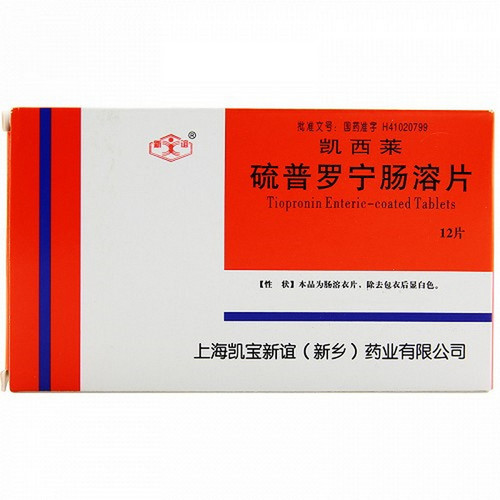Product Overview
[Drug Name]
Generic Name: Lamivudine Tablets
Trade Name: YinDing Lamivudine Tablets 0.1g*14 Tablets
Pinyin Code: YinDing LaMiFuDingPian 0.1g*14 Tablets
[Main Ingredient]
Chemical Name: (2R-cis)-4-amino-1-(2-hydroxymethyl-1,3-oxathiolan-5-yl)-1H-pyrimidin-2-one
Molecular Formula: C8H11N3O3S
Molecular Weight: 229.26
[Properties]
This product is a film-coated tablet that appears white after removal of the film coating.
[Indications/Main Functions]
This product is indicated for the treatment of chronic hepatitis B in adults with active viral replication, persistently elevated serum ALT, or active liver histological lesions.
[Specifications]
0.1g*14 tablets (Yin Ding)
[Dosage and Administration]
Oral: Adults, 1 tablet once daily, either before or after meals.
[Adverse Reactions]
Common upper respiratory tract infection-like symptoms, such as headache, nausea, malaise, abdominal pain, and diarrhea.
[Contraindications]
Contraindicated in patients with hypersensitivity to this product.
[Drug Interactions]
1. Concomitant use of lamivudine with drugs that share the same excretion mechanism (e.g., trimethoprim, sulfamethoxazole) may increase lamivudine blood concentrations by 40%. This is not clinically significant, but patients with renal impairment should exercise caution. 2. Concomitant use with zidovudine may increase the latter's peak blood concentration (Cmax), but does not affect the latter's elimination or the area under the concentration-time curve.
[Precautions]
1. Patients' clinical condition and virological parameters should be monitored regularly during treatment. 2. In a small number of patients, hepatitis symptoms may worsen after discontinuation of this drug. Therefore, if this medication is discontinued, the patient should be closely monitored. If hepatitis worsens, restarting the medication should be considered. 3. Renal impairment can affect lamivudine excretion. Use of this medication is not recommended for patients with a creatinine clearance of 30 ml/min. Liver damage does not affect lamivudine metabolism. 4. This medication does not prevent transmission of the hepatitis B virus to others through sexual contact or blood-borne transmission during treatment, so appropriate protective measures should still be taken. 5. There is no data demonstrating that this medication inhibits mother-to-child transmission of the hepatitis B virus during pregnancy. Therefore, routine hepatitis B vaccination should still be performed on newborns.
[Pediatric Use]
No efficacy or safety data are currently available for patients under 16 years of age.
[Elderly Use]
In elderly patients with decreased renal excretion due to aging, lamivudine metabolism is not significantly altered. This effect is only seen when the creatinine clearance is <30 ml/min.
[Overdose]
No specific signs or symptoms of overdose have been reported. In the event of an overdose, the patient should be monitored and given standard supportive care. Lamivudine can be eliminated through hemodialysis.
[Pharmacology and Toxicology]
Lamivudine is a nucleoside antiviral drug. It has a strong inhibitory effect on hepatitis B virus (HBV) in vitro and in experimentally infected animals. Lamivudine is metabolized in HBV-infected and normal cells to produce lamivudine triphosphate, the active form of lamivudine. It is both an inhibitor and substrate of HBV polymerase. Lamivudine triphosphate incorporates into viral DNA chains, blocking viral DNA synthesis. Lamivudine triphosphate does not interfere with normal cellular deoxynucleoside metabolism. It has minimal inhibitory effect on mammalian DNA polymerases α and B and has little effect on mammalian cell DNA content. Lamivudine has no significant toxic effects on mitochondrial structure, DNA content, or function. Serum HBV DNA testing in most hepatitis B patients shows that lamivudine rapidly inhibits HBV replication, a suppressive effect that persists throughout treatment, while also reducing serum aminotransferase levels to normal. Long-term use can significantly improve necrotic and inflammatory changes in the liver and mitigate or prevent the progression of liver fibrosis.








